The Importance of Handling Chemicals in Workplace Environments
The safe handling of chemicals in work environments is a fundamental concern to ensure the health and safety of workers. Hazardous chemicals are present in a wide range of industries and can pose significant risks if not handled properly. In this comprehensive guide, we will explore the importance of handling chemicals in work environments and provide guidelines and best practices to ensure a safe and healthy work environment.
Identification and Classification of Hazardous Chemical Substances
The first step in the safe handling of chemicals is the proper identification and classification of hazardous substances. This involves knowing the properties and hazards associated with each substance, as well as the safety measures required for handling them. Chemical labels and Safety Data Sheets (SDS) are important resources that provide detailed information on substances and their safe handling.
Proper Storage of Chemical Substances
Proper storage of hazardous chemicals is essential to prevent incidents and minimize risks. Some important guidelines to follow include:
- Separate storage: Incompatible substances should be stored separately to avoid hazardous chemical reactions. In addition, designated and well-marked areas should be established for chemical storage.
- Clear labeling: All chemicals should be clearly labeled with their name, date received, expiration date and any associated hazards. This facilitates their identification and avoids confusion or misunderstanding.
- Storage conditions: It is important to consider the proper environmental conditions for chemical storage, such as temperature, humidity and ventilation. Certain substances may require storage under refrigerated or controlled conditions.
- Restricted access: Access to chemical storage areas should be restricted to authorized and trained personnel. This avoids possible accidental exposure or inappropriate handling.

Safe Handling and Use of Chemical Substances
The safe handling of chemicals involves not only the proper storage, but also the safe handling and use of chemicals. Some important guidelines include:
- Personal Protective Equipment (PPE): It is essential to use proper PPE when handling hazardous chemicals. This may include gloves, safety glasses, respirators and protective clothing, depending on the specific hazards.
- Adequate ventilation: Good ventilation must be ensured in areas where chemicals are handled or used. This helps prevent the accumulation of toxic or flammable vapors and reduces health hazards.
- Procedures and protocols: Establishing clear procedures and protocols for the handling and use of chemicals is essential. Training personnel in these procedures and ensuring compliance with them ensures safe and efficient execution of tasks.
- Proper cleanup and disposal: Spilled or unused chemicals must be cleaned up and disposed of safely, following established procedures and regulations. This prevents contamination and minimizes risks to workers and the environment.
Training and Awareness
Training and awareness are fundamental aspects of the safe handling of chemicals in work environments. It is necessary to provide regular and specific training on the risks associated with the chemicals used in each work environment, as well as on the safety measures required for their handling. In addition, it is important to foster a safety culture in the organization, where all employees understand the importance of safe handling of chemicals and are aware of the risks and necessary precautions.
Conclusion
The safe handling of chemicals in work environments is a critical aspect of ensuring the health and safety of workers. By properly identifying and classifying hazardous chemicals, storing them safely, handling and using them according to best practices, and providing appropriate training and awareness, companies can create a safe and healthy work environment. The safe handling of chemicals is a shared responsibility that requires the participation and commitment of all members of the organization. By following the guidelines and recommendations in this guide, we can protect workers and preserve the work environment from the risks associated with hazardous chemicals.






